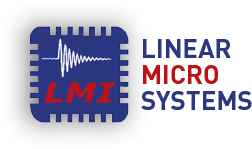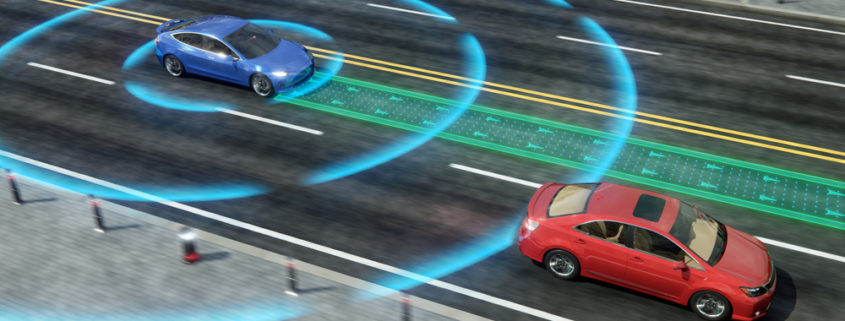Analog Design in Automotive: Driving Innovation in Connected and Autonomous Vehicles
The automotive industry is undergoing a significant transformation. From advanced driver-assistance systems (ADAS) to fully autonomous vehicles, cars are evolving into highly sophisticated, connected machines. While much of the spotlight falls on digital technologies like artificial intelligence and software integration, Analog Design plays a critical and often underappreciated role in enabling these innovations. By bridging the physical and digital worlds, analog systems enable the precision, safety, and reliability of connected and autonomous vehicles.
The Role of Analog Design in Vehicle Connectivity
Modern vehicles are equipped with an array of sensors, including radar, LiDAR, cameras, and ultrasonic detectors, that constantly collect data from the surrounding environment. These sensors produce analog signals, which must be accurately captured and converted into digital information for processing. High-quality Analog Design ensures that this signal conversion is efficient, reliable, and accurate.
For connected vehicles, robust analog circuits also power communication modules that allow cars to exchange data with other vehicles, infrastructure, and cloud systems. From managing voltage levels to filtering noise, analog components ensure seamless connectivity that supports real-time decision-making on the road. Without precise analog systems, even the most advanced digital algorithms would struggle to function effectively.
Enabling Safety and Performance in Autonomous Vehicles
Safety is the foundation of autonomous driving, and Analog Design is at the core of systems that monitor and control critical functions. Power management circuits, for example, regulate and distribute energy to ensure sensors, processors, and actuators perform reliably under varying conditions. Analog components also enable redundancy, ensuring that backup systems engage immediately in the event of a failure.
Performance is another area where analog systems shine. High-speed data transmission, low-latency signal processing, and efficient power use are essential for real-time decision-making. Analog circuitry supports advanced features like adaptive cruise control, automatic emergency braking, and pedestrian detection, all of which rely on accurate sensor input and consistent power delivery.
By optimizing performance while maintaining energy efficiency, Analog Design not only improves vehicle safety but also extends the range of electric vehicles, a key factor in the future of sustainable mobility.
The Future of Analog Design in Automotive Innovation
As the automotive industry continues its shift toward full autonomy and smart mobility, the role of analog technologies is expected to grow. Future vehicles will require even more precise sensor integration, higher data bandwidth, and improved energy management. Analog engineers are innovating in areas such as ultra-low-power circuits, high-frequency communications, and mixed-signal integration to meet these demands.
Ultimately, the future of connected and autonomous vehicles depends on seamless collaboration between digital intelligence and analog precision. Analog Design provides the foundation for this balance, ensuring vehicles can sense, interpret, and respond to the world around them with unmatched accuracy.
Analog Design Wrap Up
While digital technologies often capture attention in discussions about autonomous driving, analog systems are the invisible force that makes them possible. From enabling precise sensor data conversion to ensuring reliable power management, Analog Design is a cornerstone of automotive innovation. As the industry advances toward safer, smarter, and more connected vehicles, analog technologies will continue to play a crucial role in driving the future of mobility.
Learn more from Linear Microsystems by clicking here.
Linear MicroSystems, Inc. is proud to offer its services worldwide as well as the surrounding areas and cities around our Headquarters in Irvine, CA: Mission Viejo, Laguna Niguel, Huntington Beach, Santa Ana, Fountain Valley, Anaheim, Orange County, Fullerton, and Los Angeles.






